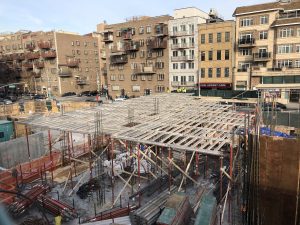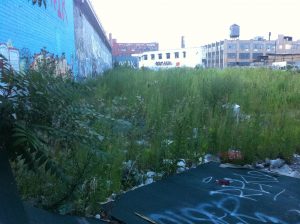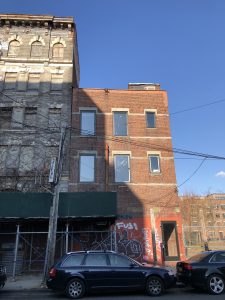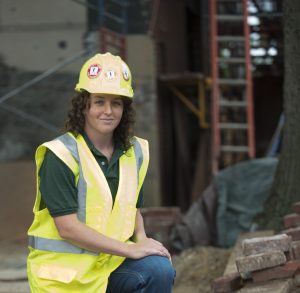Brownfield Redevelopment
What did I buy?
Hundreds of thousands of brownfields are located across the county. Brownfields are properties formerly utilized for commercial, industrial, or manufacturing purposes that have resulted in an environmental impact to the Site. According to the EPA, a Brownfield Property is a “site, the expansion, redevelopment, or reuse of which may be complicated by the presence or potential presence of a hazardous substance, pollutant, or contaminant.”
What’s in it for the developer?
One may ask themselves, “why on earth would anyone buy a contaminated site?!” The financial responsibility of remediating a brownfield, as well as the uncertainty of which and how much of a pollutant is impacting the property may indeed seem daunting. However, redeveloping a brownfield benefits the developer as well as the area surrounding the Site.

Developers who volunteer to redevelop brownfield sites have the added benefit of excellent public relations and outreach opportunities with local communities because they are assisting in removing potentially harmful pollutants from, beautifying and revitalizing under-served areas.
What kind of complications can the developer expect?
Brownfield developments come with a set of potential setbacks and delays that can hinder a project, unless they are appropriately prepared. Upfront costs to purchase and investigate the Site must be anticipated before the property is purchased. If possible, Phase I and Phase II Environmental Site Assessments should be performed so that the type of contamination impacting the Site can be confirmed and characterized to the extent possible. These investigations would be followed by a full remedial investigation once the Site is enrolled in a clean-up program. However, these initial investigations are not always possible. The uncertainty of the extent of contamination leads to an uncertainty in the cost of the remediation. Therefore, financing can be more difficult to obtain. Additionally, finding contamination during the development can lead to significant delays in the construction schedule. By securing an environmental consultant early in the process and allowing for ample lead time to investigate and design a remedial action work plan, these delays can be minimized.
Next Steps
Brownfield development sites are regulated at the federal, state, and (for New York City) local level. Once a Site is accepted into a Brownfield Cleanup Program by a regulator, a remedial investigation needs to be performed to understand the appropriate remedial action(s). If you are the owner of a brownfield site or considering purchasing such a site, contact Walden at (516) 624-7200 for assistance in navigating the brownfield process. Check out our Site Planning and Development webpage for more on Walden’s services for developers.



